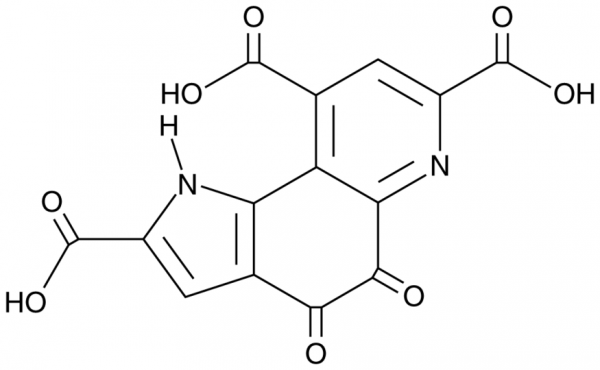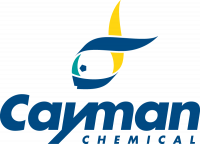If you have any questions, please use our Contact Form.
You can also order by e-mail: info@biomol.com
Larger quantity required? Request bulk
You can also order by e-mail: info@biomol.com
Larger quantity required? Request bulk
Viewed

| Keywords: | PQQ, 4,5-dihydro-4,5-dioxo-1H-pyrrolo[2,3-f]quinoline-2,7,9-tricarboxylic acid |
| Supplier: | Cayman Chemical |
| Supplier-Nr: | 20681 |
Properties
| Application: | Redox enzyme cofactor |
| MW: | 330.2 D |
| Formula: | C14H6N2O8 |
| Purity: | >95% |
| Format: | Crystalline Solid |
Database Information
| CAS : | 72909-34-3| Matching products |
Handling & Safety
| Storage: | -20°C |
| Shipping: | +20°C (International: -20°C) |
| Signal Word: | Warning |
| GHS Hazard Pictograms: |
|
| H Phrases: | H302, H315, H319, H335 |
| P Phrases: | P261, P264, P270, P271, P280, P312, P321, P330, P301+P310, P302+P352, P304+P340, P305+P351+P338, P332+P313, P337+P313, P362+P364, P405, P403+P233, P501 |
